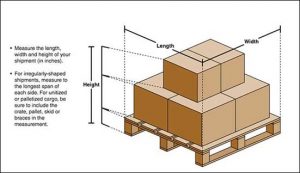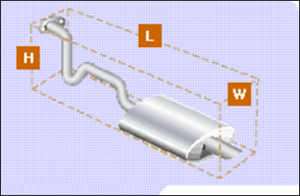-
22
Aug
Make Shipment Dimensions Part of Your SOP
It is always in the shipper’s best interests to provide dimensions for individual handling units on the BOL. Carriers will greatly appreciate this as it helps ensure they have accurate information for costing and load planning purposes. This information can even be transmitted to carriers with the EDI pickup request, accelerating the benefit. Dimensions should always be provided in inches, not feet.
Accurate dimensions help ensure disputes from reclasses are minimized, as these shipper-provided dimensions can be used to confirm the correct NMF item-sub and class is applied. And of course, accurate dimensions help ensure that accessorials such as Excessive Length are appropriately considered. That is becoming increasingly important as LTL carriers continue to adjust application on their Excessive Length rules. In addition, knowing your shipment dimensions can also help reduce surprises from the myriad number of rules such as Density Minimum Charge, Cubic Capacity Charge, Cubic Minimum Charge, and Linear Foot Charge that carriers employ to ensure they are compensated for the space a shipment uses.
The example BOLs below contain appropriate NMFC descriptions, NMFC items, and classes conforming to definitions in the NMFC. They also have accurate dimensions for Length, Width, and Height for each handling unit. This is exactly what LTL carriers want, and what you should encourage those generating the BOL to do. It solidifies the customer as a “Customer of Choice” with the LTL carriers.

LTL Carriers determine shipment Length, Width, and Height based upon the greatest straight-line dimension of the handling unit. That means they take into consideration all protrusions and will include all packaging such as the skid and do not stack cones. Each dimension is measured in inches, multiplied, and then divided by 1,728 to calculate the cubic feet. A 40” x 48” x 36” skid = 69,120 cubic inches = 40.00 cubic feet.


In LTL today, space is king. Space is what drives LTL carrier costs, much more than weight. Thus it is best for shippers to know how much space their freight uses. Knowing their shipment dimensions will protect shippers from unwanted and costly surprises, help shippers defend themselves when they feel they are being charged incorrectly, and incentivizes the shipper to continuously work towards building cost-effective pallets. Everyone knows the carriers expect shippers to put accurate weights on the BOL. Shippers should look at dimensions in the same way.
- (479) 461-1672
- Contact Us
